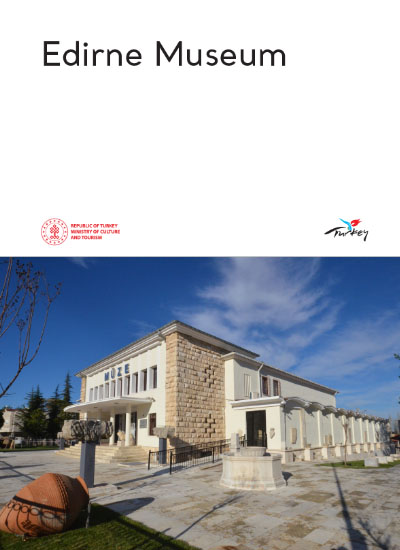The Archaeology Museum in Edirne was established in 1924 by Atatürk's orders at the Hadith Madrasa of the Selimiye Mosque. Despite its name, the museum also housed valuable ethnographic artifacts and tombstones. Due to the growing number of artifacts, a new museum building was constructed in Edirne. The new building, named the 'Archaeology and Ethnography Museum', opened on June 13, 1971. Thracians The museum exhibits regional works, including tomb stelas depicting a deified Thracian Cavalry of Thracians, the local people of the region. According to Herodotus “The Thracians are the most populous nation after the Indians on earth; if they acted under the command of one man or with one will, they would never be defeated and in my opinion, they would be the strongest and the most crowded nation. But the impossibility for them was here, and this unity could never be established; their weakness is this.” Archeology and Ethnography Museum The garden entrance features exhibits of Roman capitals, sarcophagi, dolmens, menhirs, and Ottoman tombstones. Additionally, the garden displays some capitals and sculptures from the Hellenistic, Roman, and Eastern Roman periods. Visitors can also view Edirne's fish ponds and birdhouses, which are related to the aquatic culture of the Ottoman period. Museum of Turkish and Islamic Arts The madrasa has functioned as a museum since 1924. It comprises a main classroom, student rooms, and a courtyard with a porch. Edirne was the capital of the Ottoman Empire and a significant city in the 17th century. The Ethnography Museum sheds light on the city's ethnographic identity, exhibiting regional clothing specific to the Balkans, wooden chests, calligraphy plates, and unique examples of the Edirnekari ornament technique. The courtyard displays 15th-century tombstones and Janissary tombstones, which are now rare. The garden features inscriptions from Ottoman-era buildings, as well as cannons and cannonballs used during the Balkan War for visitors to view.
EDİRNE ARCHAEOLOGY AND ETHNOGRAPHY MUSEUM


